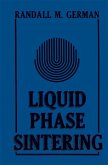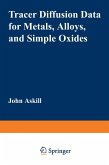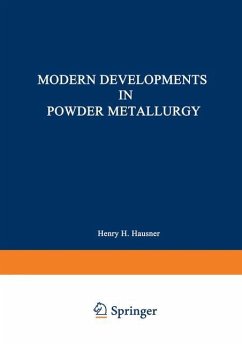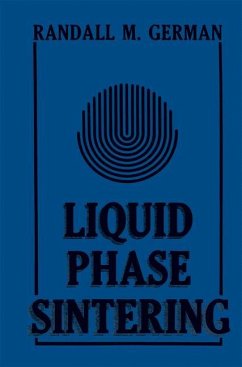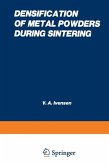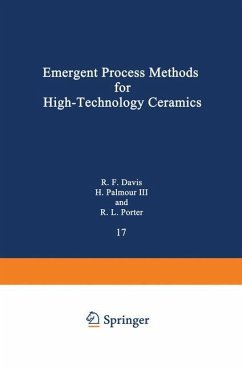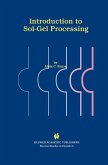Industrial advances frequently depend on the development of new, special-purpose ma terials possessing specific magnetic, electrical, optical, strength, friction, antifriction, and other properties. Metal alloys produced by the conventional technique of metallurgical reduc tion often do not meet these new requirements. Powder metallurgy, therefore, is of consider able importance in solving many problems of present-day materials science. Its production techniques-solid-phase and liquid-phase sintering, impregnation, hot pressing - make it pos,... sible to obtain materials from metallic components which are immiscible in the liquid state and also materials in which metals are combined with nonmetallic components such as refract ory compounds- oxides, carbides, nitrides, borides, sUicides, sulfides, etc. The properties of sintered parts depend essentially on the processes occurring during their formation. One of the most promising methods of producing sintered materials of high density with the best combination of various properties is liquid-phase sintering. In recent years, many publications have appeared concerning processes of sintering specific combinations of com ponents, the theoretical basis of liquid-phase sintering, and the laws governing this process. The present work examines liquid-phase sintering processes and the action of capillary forces in models of dispersed solid-liquid systems, and also gives data from theoretical and experi mental studies of liquid-phase sintering in various metal and metal-ceramic systems. Some theoretical generalizations on the principles of sintering processes are presented, and the driv ing forces of sintering and the effect of different conditions on liquid-phase sintering processes are considered.
Hinweis: Dieser Artikel kann nur an eine deutsche Lieferadresse ausgeliefert werden.
Hinweis: Dieser Artikel kann nur an eine deutsche Lieferadresse ausgeliefert werden.


